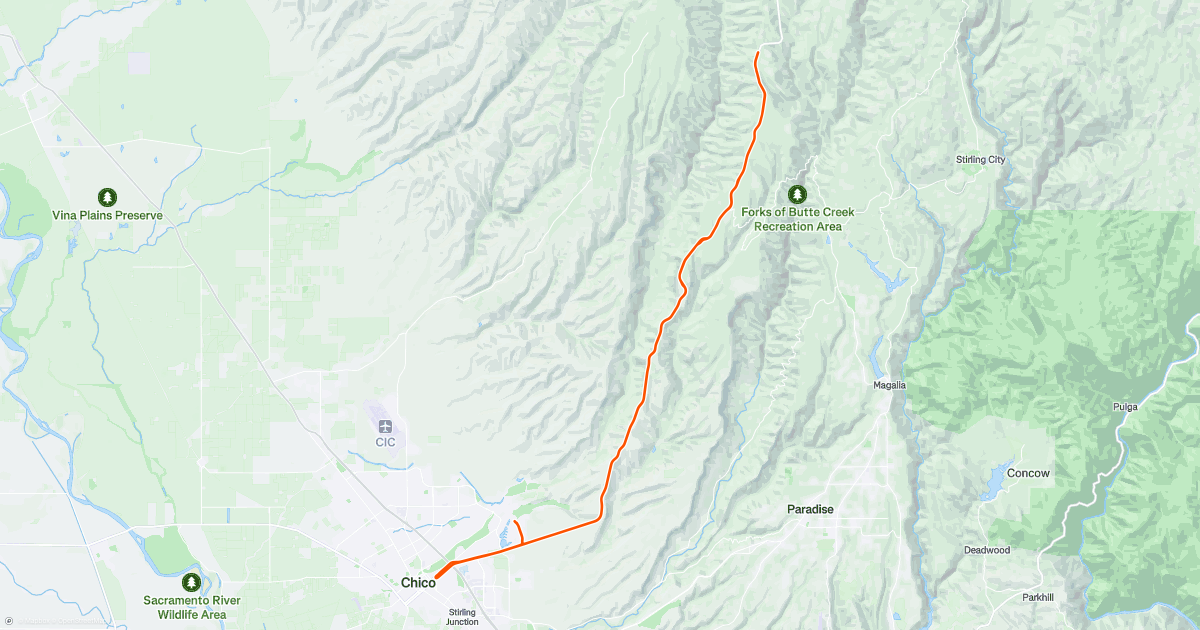chicorider
Zen MBB Master
A pedal suggestion: go for something double-sided. Some people use Speedplays. I use Shimano XTR SPDs. I started with single-sided Ultegra road pedals, and fiddling with the pedal orientation while also trying to get rolling through an intersection quickly became a pain. I use Shimano RX8 gravel racing shoes. Lightweight and plenty stiff. Also easy to walk in. But most important, for me, is the recessed cleat. When I put my left foot down at a stop (while still being fully reclined), I have good grip on the asphalt with the rubber sole. Exposed road cleats, by comparison, are pretty slippery. The last thing you want when you put your put down is to have that foot skate out from under you. Down you go, in front of everybody. But at least the only thing that hurts is your pride.Thanks for the great write up vosadrian. I agree, it seems I am on a very similar path as you were, at least I hope so! I never did race road bikes, although Cat 2 racers in my groups were not uncommon. I think Cat 1 are probably too fast for my abilities, this being more of a weekend sport for me, as I work long hours during the weekdays.
Like you, I have a feeling I will pick it up quickly as well, and I’m rather anxious to do so. I live in Miami, which is flat as a pancake. We have one bridge that is 4% for about a quarter mile that’s it (actually, the 4% section is even shorter), so that shouldn’t be an issue. What we have a lot of is wind. Riding along the coast or in the Everglades where there is nothing taller than a blade of grass for miles in any direction means we contend with strong 15-20mph wind all the time. It seems like a place where a recumbent would thrive. I had no idea Sydney was so hilly! Must be nice to have that level of variety. I’m glad you still get to ride your DF from time to time, I hope that is also in my future, although I’m told that may not be the case.
Your Strava ride is impressive! 24mph average over 40 miles while only spending 180w average tells the whole tale. Looking through my Garmin and Strava, if I should average 180w, I would probably average 18-19mph, not much more. Then again, I’m no Cat1 racer! Impressive numbers, thanks for sending! I’m looking forward to seeing what I can do on a Vendetta…I am glad to see from your figures that you do seem to get a good workout. Zone 3 Hr average is great, I was concerned if not be able to get out Zone 2 while riding normally.
What do you use for bike shoes? I’m told some normal road shoes (SPD SL), and other use a mod-cleat position shoe (often hand-modified) with mountain pedals. Given the different body position, what do you find is the most comfortable and efficient? Also, given the greater need to put a foot down when first learning or when avoiding a crash (given the more limited maneuverability), would it make sense to use a mountain/SPD cleat and shoe?
Here are a few of my recent Strava posts, just to give you more perspective.

Paradise to Stirling “City.” Always a good loop. | Strava
View Craig Mathews's ride on September 11, 2022 | Strava

Thank you, clouds! You turned what could have been a scorcher into a really nice ride. | Strava
View Craig Mathews's ride on September 6, 2022 | Strava

A-climbing we will go… | Strava
View Craig Mathews's ride on August 30, 2022 | Strava



